The beautiful game: how FIFA became the champion of soccer simulators | TechRadar
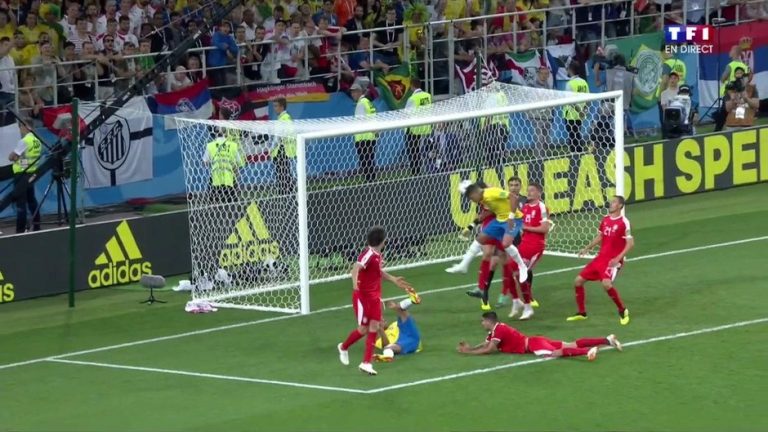
It’s a little bizarre to imagine a gaming landscape in which FIFA didn’t exist, but the very first entry in the series didn’t arrive until 1993. Prior to this, soccer simulators weren’t really simulators at all, but more of an arcadey approximation of the beautiful game.
But by the early ’90s, there was a shift in the games development scene where studios wanted to create sports games that closely resembled their real-life counterparts as much as possible. Sensible Soccer was one of the earliest, back in 1992, with its more traditional birds eye view and after touch controls, but when FIFA emerged from the tunnel it had one thing on its mind: true authenticity.
What made FIFA International Soccer different from the rest was… well, FIFA. Publisher EA likely coughed up a lot of money to secure the official licence of the international soccer governing body, but it gave this inaugural entry an instant weight its competitors lacked outside their core brands.
By shifting the view from top-down to an isometric position, FIFA offered more of an intimate approach to player movement and opened up the passing game as a result. It sold well over 500,000 units at the time, an unheard of figure for a brand new sports IP, and secured the development of a sequel – FIFA 95.
Footie goes 3D
We’ve come a long way since FIFA Internal Soccer
From here, the series’ annual release schedule began with haste. The demand for a finely-tuned soccer simulator was clearly there (especially in Europe) and FIFA 95 tapped into this with the removal of one-touch passing and an enhanced take on set-pieces. By the time FIFA 96 rolled around in 1995, more changes were afoot. The advent of more powerful consoles capable of supporting 3D renders enabled original developer Extended Play Productions to create 3D models in a ‘virtual stadium’ that not only utilized real player names and likenesses (a first for the series at this point), but created a far more realistic experience.
By the time FIFA 97 laced up its boots the following year, the series had fully embraced polygonal player models, leaving the sprites utilized in many previous versions behind. The introduction of commentary voice over (another first, courtesy of the legendary John Motson), the inclusion of more official leagues (Malaysia’s M-League being one) and a brilliant six-a-side mode really showed EA was upping its game. When FIFA: World to Road Cup 98 followed it up in 1997, we were starting to see something resembling the level of quality we see today, with more official teams, additional stadia and a proper use of the off-side rule.
FIFA 98 was also the first use of licensed music in the form of Blur’s ‘Song 2’, as well as tracks from Electric Skychurch and The Crystal Method. The slightly sluggish controls of FIFA’s early forway in 3D was also much improved, and by the time FIFA 99 dropped a year later, the addition of better player facial animation and movement helped ease the loss of that beloved indoor six-a-side mode. The M-League was also dropped, but we got two new official leagues from Belgium and Portugal to take its place.
New millennium, new FIFA
Remember back when JVC sponsored Arsenal?
FIFA 2000 welcomed in the new millennium with a handful of small but welcome tweaks to overall play, the introduction of the official Major League Soccer (MLS) league and overhauled commentary from John Motson, Mark Lawrenson and Chris Waddle. The US version included Phil Schoen and Julie Foudy on VO, the first woman to ever be awarded the FIFA Fair Play Award. Shooting was also much improved, but defense became a little less robust as a result.
FIFA Football 2001 helped address some of these issues with precision shooting, but the eighth entry in the series did far more for the franchise than simple tweaks. It was a launch title for the PlayStation 2 in the EU and was the very first entry to support online multiplayer. This was years before the advent of FIFA Ultimate Team, and while it was primitive, the support for online play was a huge deal that would prove to be a deciding factor in its popularity. And with the FIFA licence now including official team badges, the days of fictitious leagues, players and emblems was far disappearing.
The next few years saw more features introduced and removed as EA Canada (the studio that had taken over development of the series from around FIFA 99 onwards) began adding in power bars or shooting and passing, as well as actively making passing and dribbling purposefully more difficult. FIFA Football 2003 added in a ‘freestyle control’ system for more flair when dribbling, while off the ball touches made more intricate passing a reality in FIFA Football 2004. While the next instalment wasn’t a huge improvement, the return of the create-a-player mode was welcomed with open arms.
Rewriting a winning formula
Bless the rains down in AFIFA
FIFA 06, much like FIFA 97 and FIFA 2001 before it, was another milestone for the franchise. EA Canada built a brand new engine for the game, so every element from matchday presentation to ball physics was entirely different when it launched in 2005. It was another step towards simulated realism, as well as vastly improved online multiplayer infrastructure. FIFA 07 continued to tweak the new engine, while FIFA 08 introduced Be A Pro mode for the very first time and cooperative online play.
When FIFA 09 arrived, it brought with it some much needed enhancements to the nuance of play, including better collision and a jostle system when battling for control of the ball. A Clubs mode was added for better online matchmaking in tournaments, while a certain mode called Ultimate Team was added as a downloadable extra on the side. It was a lowkey introduction to an element that would make FIFA one of the most profitable franchises of all time. FIFA 10 gave Manager mode a much needed overhaul, adding in Assistant Manager options in what was touted as a ‘Total Football Experience’ at the time.
The Journey ahead
It’s hard to imagine when we thought these players looked realistic…
Over the next few years, FIFA continued to hold off its biggest competitor – Pro Evolution Soccer – simply by holding onto the official licenses for the world’s biggest soccer leagues and its talent, as well as finding a balance between pure simulation and more accessible modes. From FIFA 10 all the way to FIFA 15 gradually improving individual player skills, passing accuracy and team chemistry. FIFA 14 also saw the transition to the Ignite engine. However, FIFA 16 served as another important milestone by introducing pro female players for the very first time – including motion capture courtesy of Alex Morgan, Sydney Leroux, Megan Rapinoe and Steph Catley.
By FIFA 17, EA Canada decided to finally give the only sports sim out there not developed by EA worth its salt – the brilliant NBA 2K series – a run for its money by investing in a proper narrative-driven story mode. Following the exploits of young prospect Alex Hunter, its mixture of player choice and in-match stipulations offered something entirely fresh and new to a series often entirely focused on the intricacies of match day realism. This was also the year EA decided to shift FIFA onto a new engine – DICE’s Frostbite 3. EA continued and conclude The Journey through and , with the latter carrying the torch first lit in FIFA 16 by enabling you to play as a female player in that same mode.
With on the horizon, fans are hoping this next instalment will continue to improve the series’ finely-tuned formula. Modes such as Pro Clubs have needed overhauling for years, and there’s hope a little more consistency on the pitch and a merger between Career mode and The Journey could help the next iteration of FIFA be the most important chapter yet.
- Read more: Here’s everything we know so far about

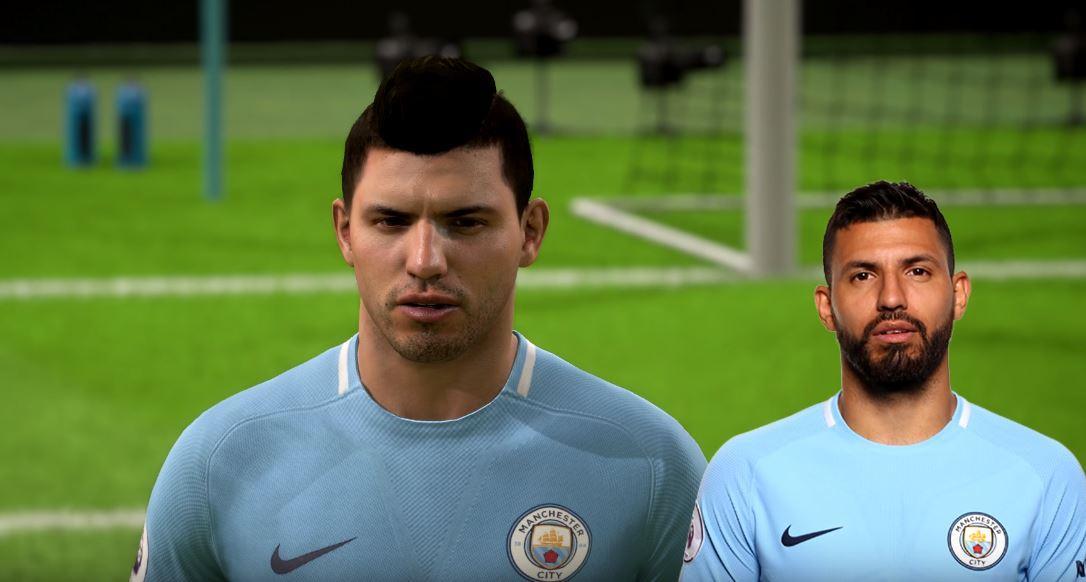
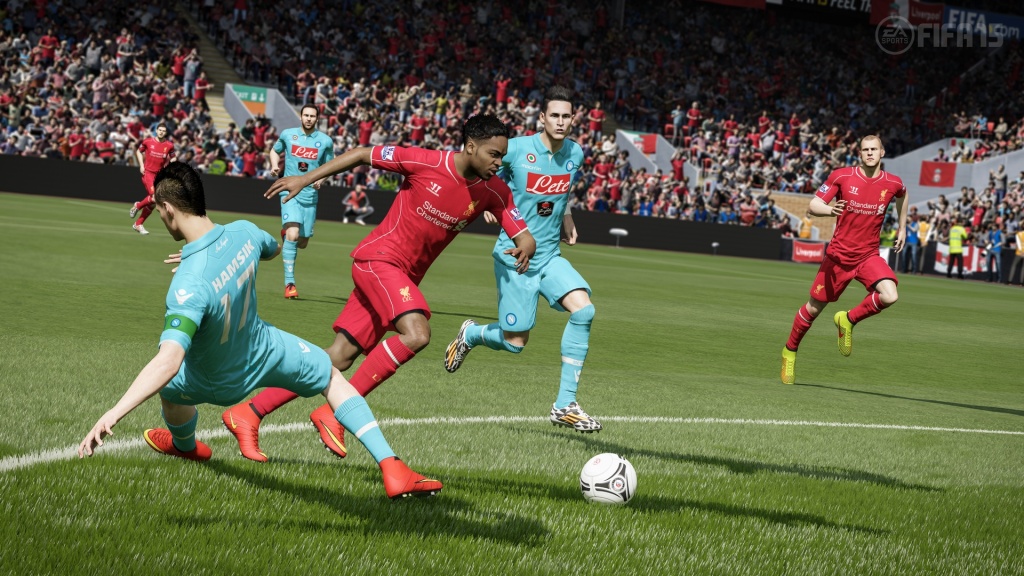


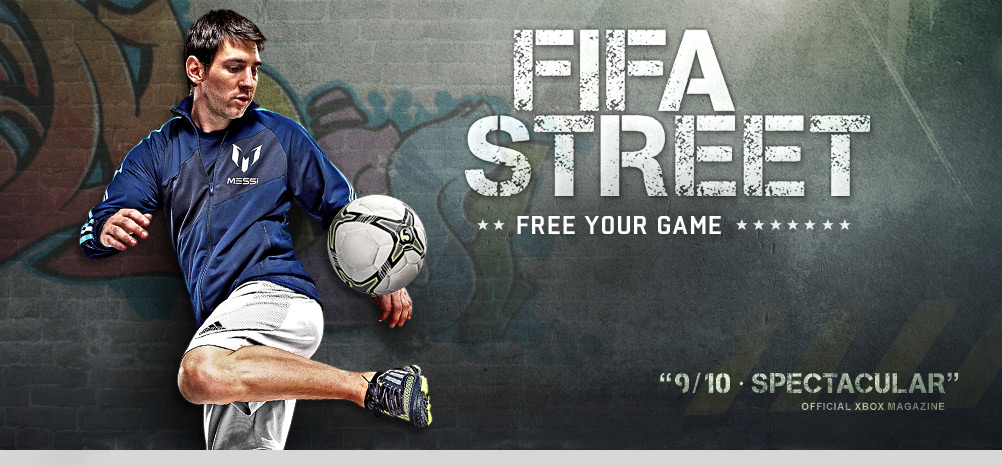
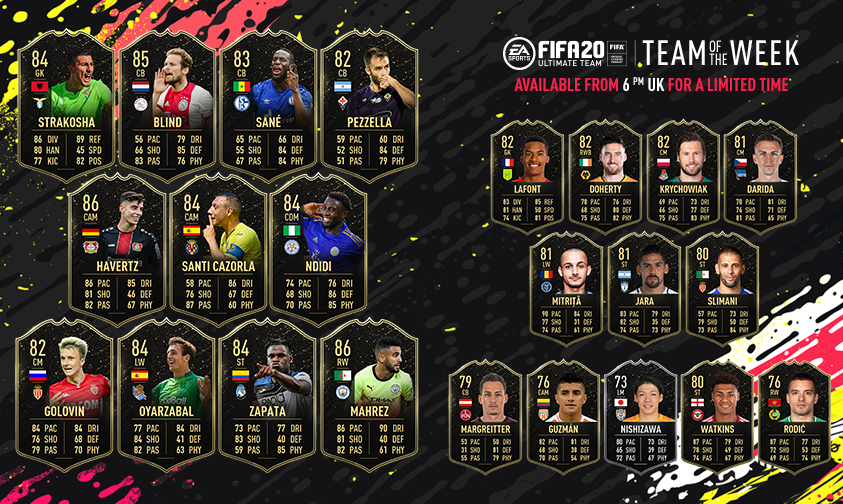
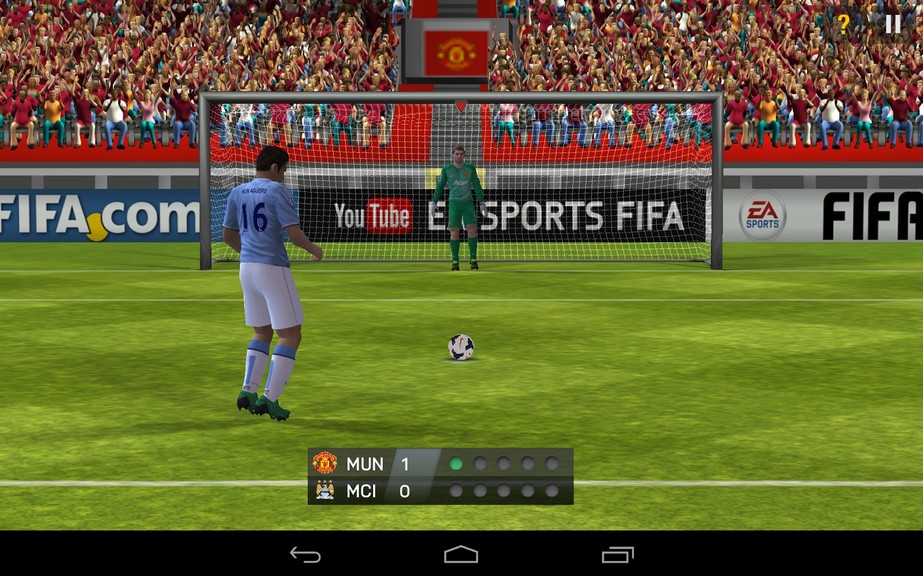
Comments
There are no comments yet